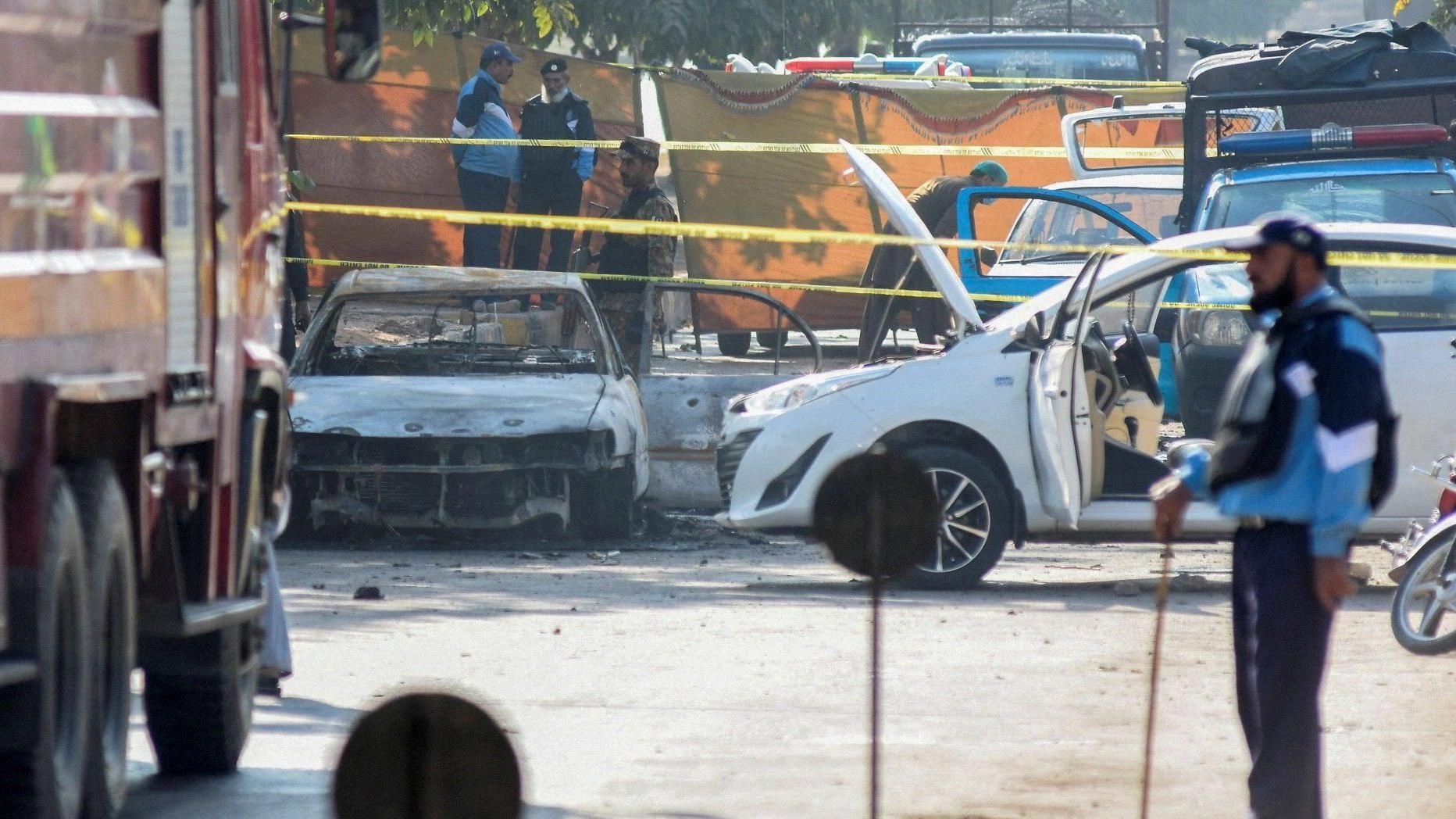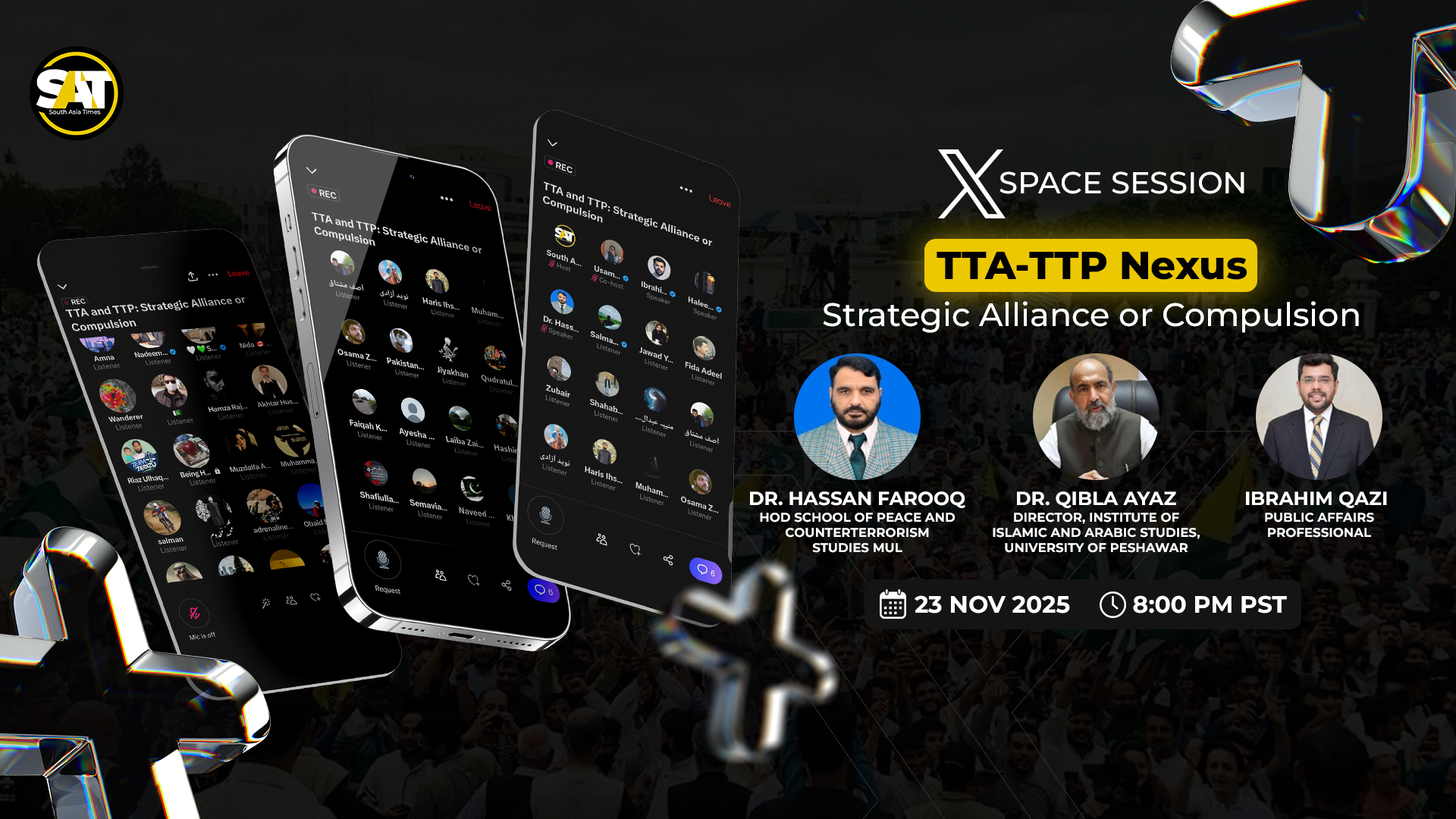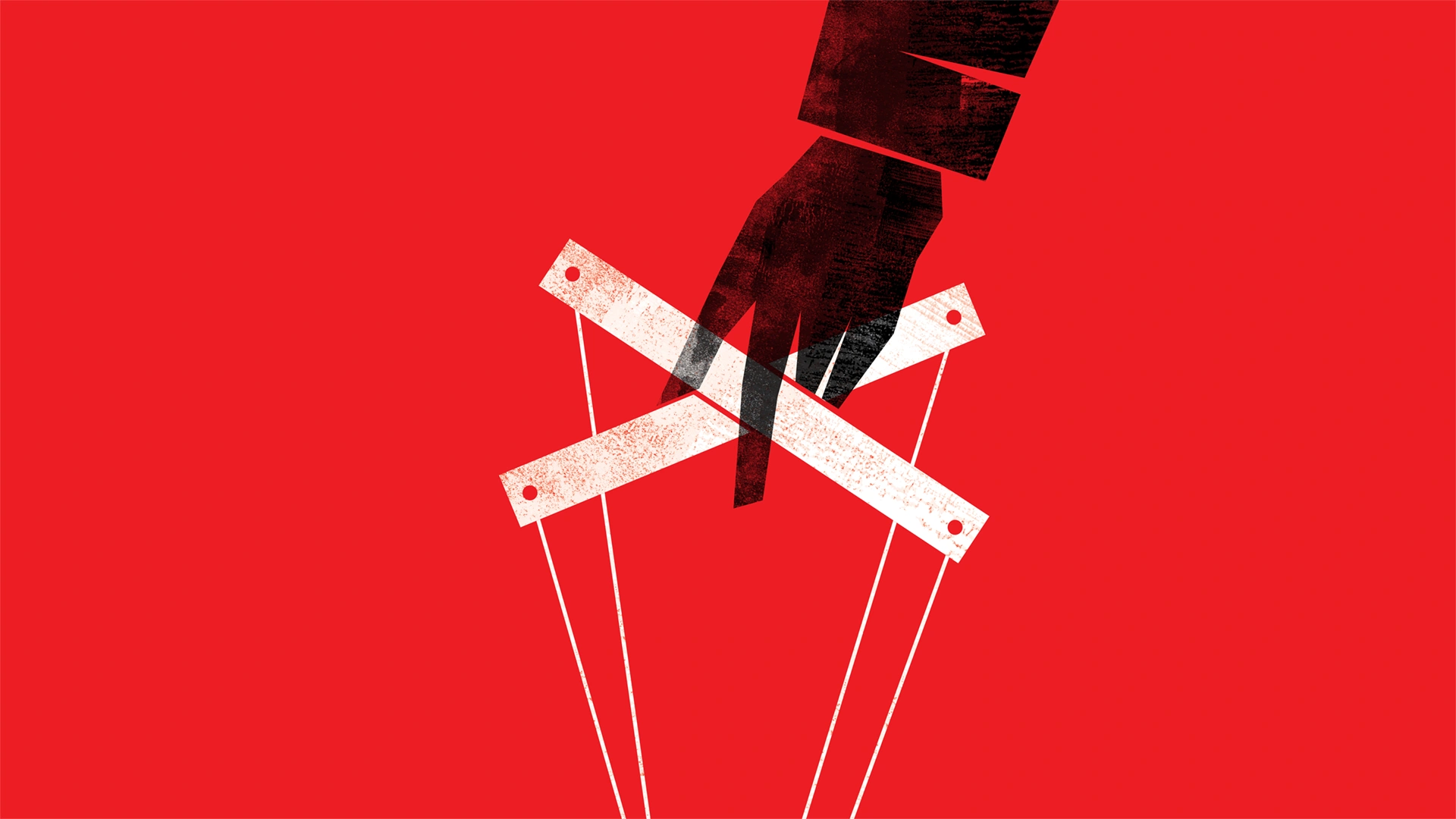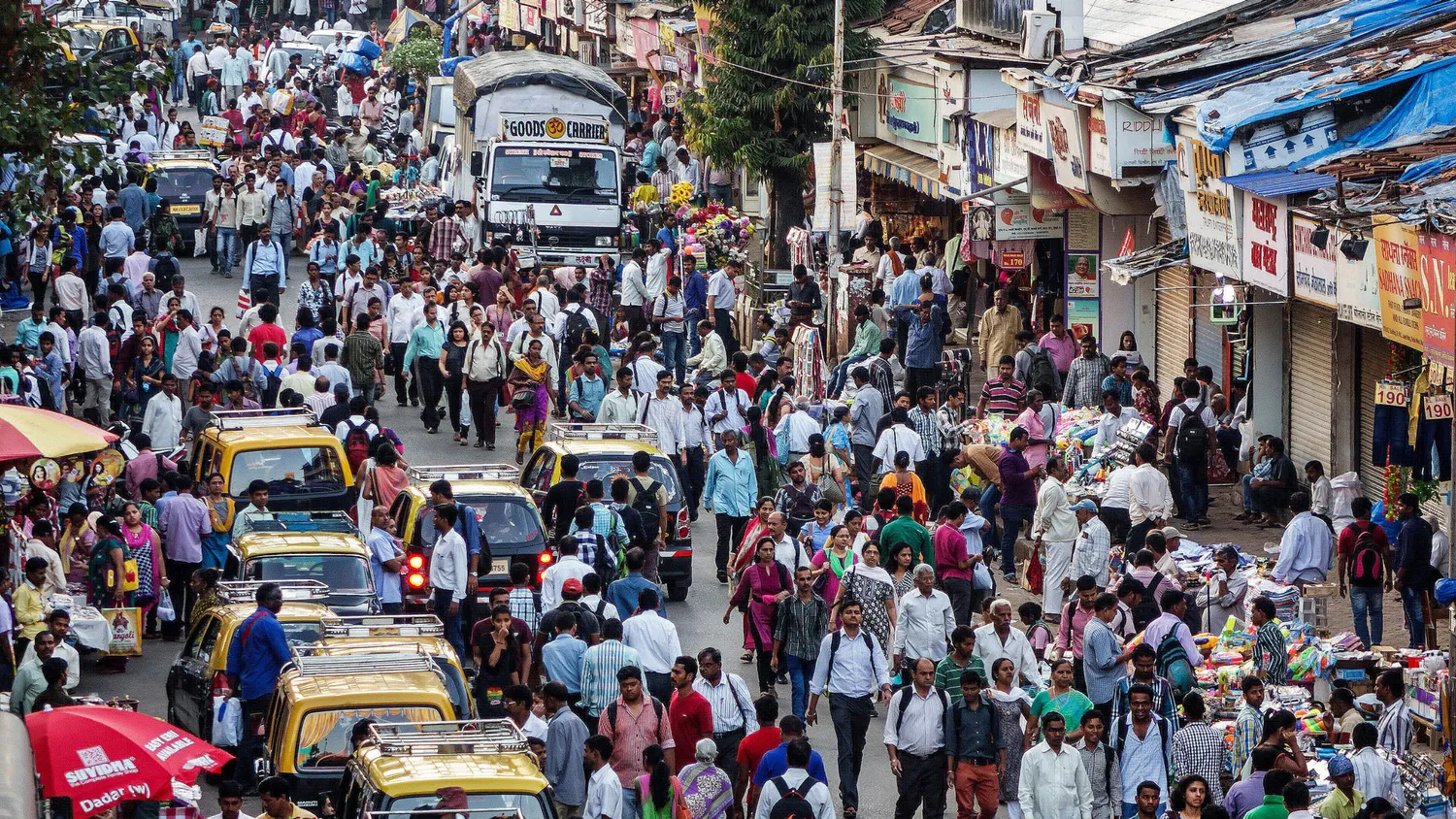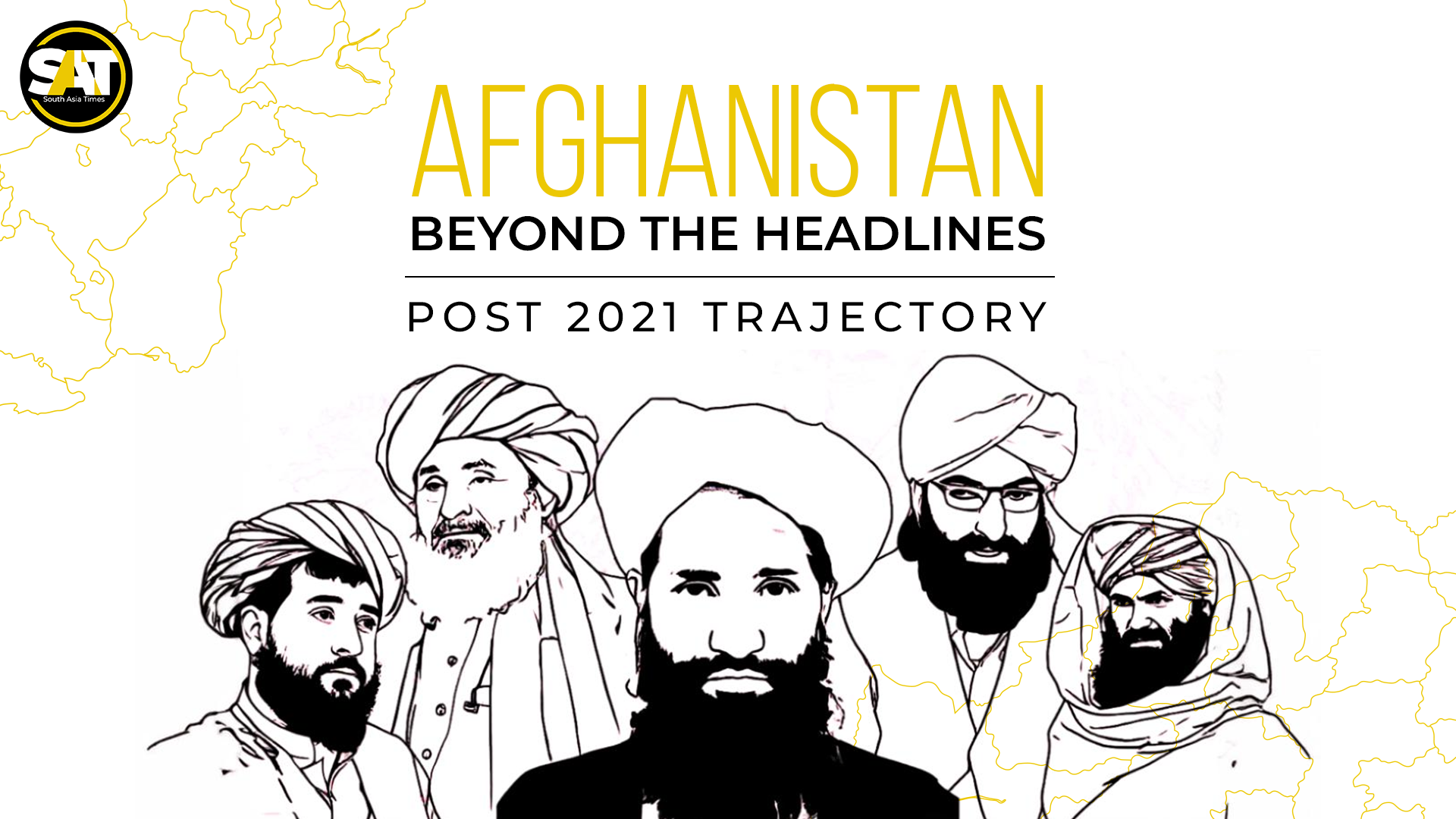The realities of Kashmir post-Article 370 are complex: From the false promises of economic prosperity and peace to the ongoing resistance and human cost of Indian policies.
Five years have passed since the world watched in disbelief as India, under the BJP-led government of Narendra Modi, stripped Jammu and Kashmir of its special status and statehood. August 5, 2019, marked a dark day for the Kashmiri people, forever etched in their memory as Youm e Istihsal e Kashmir (Kashmir Siege Day). Since then, the Indian government has meticulously constructed a narrative of economic growth and lasting peace, attempting to whitewash the reality of a region reeling under military occupation and relentless oppression. This narrative, however, crumbles under the weight of its own contradictions, revealing a truth the Indian government desperately tries to conceal.
The Mirage of Economic Prosperity
The Indian government boasts of ushering in an era of economic prosperity in Kashmir post-Article 370, pointing to a 13.28% growth in the Net State Domestic Product (NSDP) between 2015 and 2019. However, this statistical sleight of hand conveniently ignores the fact that this very growth plummeted to a paltry 8.73% after 2019, as per the same report by the Forum for Human Rights in Jammu and Kashmir (TFHRJK). This decline exposes the hollowness of India’s economic claims, revealing a reality far from the rosy picture painted by the regime.
This so-called “prosperity” has come at a devastating cost to the people of Kashmir. The region’s debt has skyrocketed to a staggering Rs 1,12,797 crore in 2022-23, effectively tripling in the decade since the BJP took control at the Centre.
Unemployment, a stark indicator of economic well-being, stands at a crippling 10.7%, a full four percentage points higher than the national average. This grim reality is further compounded by a staggering youth unemployment rate of 18.3%, pushing an entire generation to the brink of despair. These are not mere numbers on a balance sheet; they represent an entire population’s shattered dreams and stifled aspirations.
The human cost of this manufactured prosperity is perhaps most starkly reflected in the region’s suicide rate, which has jumped to a chilling 2.40 per 100,000 in 2023-24. This alarming statistic lays bare the psychological toll of living under constant surveillance and economic uncertainty, exposing the lie of peace and prosperity peddled by the Indian government.
Also See: Youm-e-Istehsal 2024: Pakistan’s Strategic Push for Kashmir
The Illusion of Peace: When Silence is Not an Option
The Indian government has repeatedly proclaimed the end of armed struggle in Kashmir, citing it as proof of their success in bringing peace to the region. This narrative, however, rings hollow when confronted with the facts on the ground. The Kashmir Media Research report, released to mark the fourth year since the abrogation of Article 370, paints a grim picture of relentless state violence and systematic human rights violations.
According to the report, at least 792 Kashmiris, including 16 women, have been martyred by Indian forces since August 5, 2019. These are not just statistics; they are lives brutally cut short – doctors, lawyers, students, artists, all victims of a state machinery determined to crush dissent by any means necessary. The report further reveals the widespread use of extrajudicial killings, with many victims falsely branded as militants and their deaths passed off as “encounters.” The chilling reality of 2,369 individuals critically injured due to excessive force employed by Indian forces, including the use of pellets and tear gas, stands as a testament to the brutal reality of life under military occupation.
Furthermore, the report documents the arrest of over 21,000 individuals, including prominent Hurriyat leaders, journalists, activists, and even young children. Draconian laws like the Public Safety Act (PSA) and the Unlawful Activities Prevention Act (UAPA) are routinely misused to silence dissent, turning the region into an open-air prison where even expressing an opinion can have dire consequences.
The recent surge in resistance activity in the Jammu region, traditionally considered a relatively peaceful area, further exposes the fragility of India’s claims of peace. With at least 51 security personnel killed in Jammu alone since 2021 and the number of attacks escalating, the narrative of a pacified Kashmir crumbles under scrutiny.
The revival of the controversial Village Defence Guards (VDGs) – a civilian militia disbanded in the early 2000s and resurrected in 2022 – is a clear indication that the Indian government itself recognizes the tenuous hold it has over the region.
Jammu: A New Front in the Freedom Struggle
The escalation of resistance activities in Jammu is not merely a geographical shift in the conflict but a testament to the resilience of the Kashmiri spirit of resistance.
This Hindu-majority region – Jammu, traditionally perceived as being removed from the armed struggle, is now witnessing a surge in attacks on Indian security forces, with at least ten out of sixteen security personnel killed in 2023 alone losing their lives in Jammu.
This shift can be attributed to several factors. Firstly, the increased militarization and crackdown in the Valley has forced freedom fighters to seek refuge and regroup in the forested mountains and dense terrain of Jammu, where carrying out attacks is relatively easier. Secondly, the loosening grip of the security grid in Jammu, a region considered peaceful for decades, has created vulnerabilities that are being exploited by the freedom fighters.
This development is significant for two reasons. Firstly, it lays bare the fallacy of India’s claim that the armed struggle in Kashmir has ended. Secondly, it exposes the deep-seated resentment against Indian rule, which now transcends regional lines, uniting Kashmiris across the divided territory.
Deconstructing a Movement: India’s Attempts to Rewrite the Narrative
The Indian government’s attempts to quell the Kashmiri freedom struggle extend beyond military force and economic coercion. They are engaged in a concerted effort to control the narrative, seeking to erase the legitimate aspirations of the Kashmiri people and replace them with manufactured consent while also enacting a slow and insidious demographic change.
This demographic shift is evident in the granting of domicile certificates to millions of Indians from outside Kashmir, allowing them to buy land and settle in the region. This deliberate manipulation of the population aims to diminish the voice of the Kashmiri Muslims, further marginalizing them in their own land. Reports indicate that close to 4 million Indians have already been issued these domiciles, a blatant attempt to alter the very fabric of Kashmiri society.
This demographic change is being executed alongside continued attempts to silence the voices of pioneers of the Kashmir freedom movement, such as Dr. Qasim Faktoo, Asiya Andrabi, the iconic Burhan Wani, and many others.
By imprisoning these figures and eliminating them from the Kashmir discourse, while promoting leadership primarily backed by the central government, India aims to erase their legacy and crush the spirit of resistance they represent. In their place, the government props up individuals willing to compromise and participate in elections held under the shadow of guns and surveillance, which starkly contradicts the core tenet of the Kashmir freedom movement: the rejection of the Indian constitution.
This participation is then touted as evidence of Kashmiri’s acceptance of Indian rule. However, this is a blatant misrepresentation of reality. Participating in elections under duress, devoid of genuine agency or the option of genuine self-determination, is not a sign of acceptance but a desperate act of survival.
The Indian government’s actions in Kashmir are in direct violation of international law, particularly the 1972 Simla Agreement. This bilateral agreement, signed by both India and Pakistan, committed to resolving the Kashmir issue peacefully through dialogue. By unilaterally revoking Article 370 and altering the demographic makeup of the region, India has not only violated this agreement but also betrayed the trust of the Kashmiri people and the international community.
Also See: House Pawns or Field Leaders: A Case of Kashmir’s Identity
The Unfading Spirit of Kashmir
Despite India’s relentless attempts to crush their spirit, rewrite their narrative, and erase their identity, the Kashmiri people remain steadfast in their demand for self-determination. Theirs is a struggle for freedom and dignity, a struggle for the right to chart their own destiny. The escalating resistance in Jammu, the unwavering commitment of the freedom fighters, and the steadfast refusal of the Kashmiri people to be silenced are all testaments to the fact that the movement for a free and independent Kashmir is far from over.
The international community can no longer remain silent in the face of India’s blatant human rights violations and disregard for international law. It is time to recognize the legitimacy of the Kashmiri struggle, to hold India accountable for its actions, and to work towards a just and lasting solution that respects the aspirations of the Kashmiri people. The spirit of Kashmir remains undeterred, and their fight for Azadi continues.
The views expressed in this article are the author’s own. They do not necessarily reflect the editorial policy of the South Asia Times.



